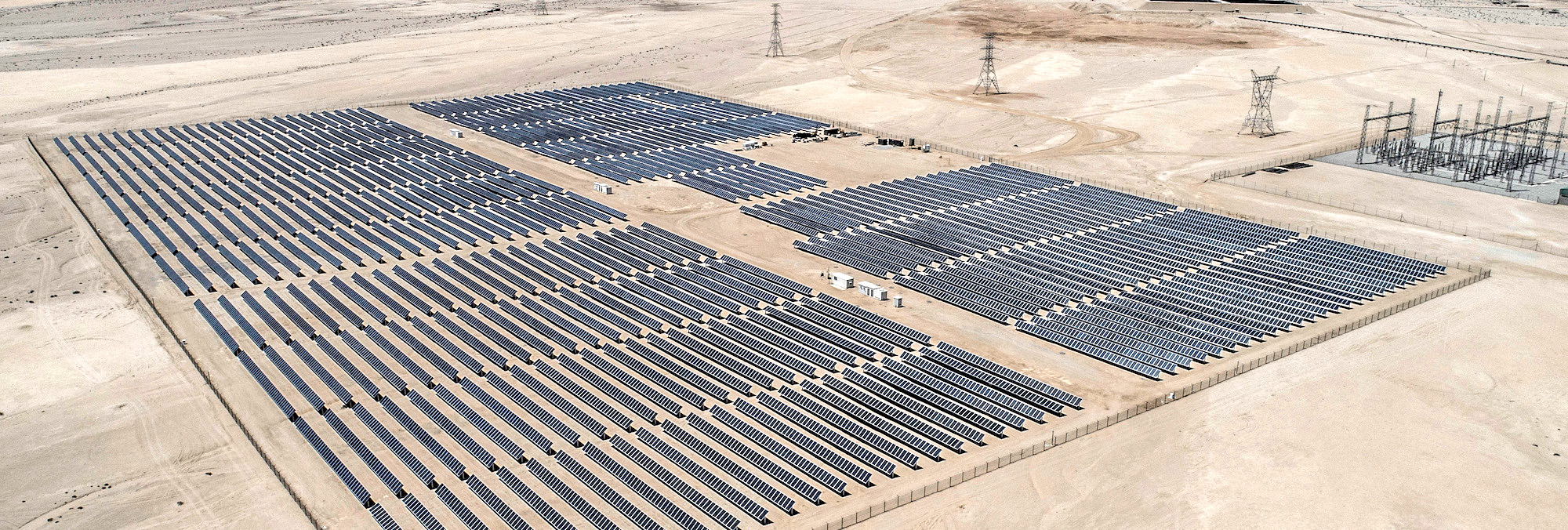
The role of NCE in development projects
Each year, well over 1,000 projects require an Environmental Clearance Certificate (ECC) under Namibia's Environmental Management Act of 2007 before they may be implemented. This process is administered by the Office of the Environmental Commissioner within the Ministry of Environment, Forestry and Tourism. Each project requiring an ECC must have an environmental impact assessment (EIA) and an environmental management plan (EMP).
Proponents of projects typically appoint an environmental practitioner or a company specialising in environmental and social assessments to carry out this work on their behalf. These practitioners and companies are independent of the proponent. Their client
is the long-term welfare of Namibia's environment and people. Their job is to assess whether the proposed project is good for Namibia's long-term sustainable development agenda or not, and whether negative aspects could be mitigated and positive aspects enhanced.
Appropriate public consultation forms an important part of each EIA. The NCE assists people to keep track of the dozens of EIA notices in the media each week by compiling and sending them by e-mail to relevant people and organisations. For example, prospecting and mining activities are relevant to farmers and their associations, conservancies, local communities, national parks, biodiversity specialists, groundwater specialists, among others. It is impossible for NCE to track all the EIAs being carried out in Namibia. We focus on those projects which are potentially high risk.
There are some major challenges faced by the EIA process, as revealed by a few recent high-profile projects. First, far too many activities are listed that require ECCs. The Office of the Environmental Commissioner simply cannot cope with the volume of EIAs being submitted. This results in potentially high impact projects not getting adequate attention. It also results in long delays on lower impact projects, thereby slowing down development and making Namibia a less attractive place for both local and foreign investment.
Second, there is no regulatory professional body for environmental practitioners, unlike many other professions. A group of environmental practitioners drafted legislation to assist government more than six years ago, but there has been little response from the Office of the Environmental Commissioner. In the interim, some practitioners have established the Environmental Assessment Professionals Association of Namibia (EAPAN) to set standards, qualifications, experience, code of conduct and a mentoring programme for young Namibians entering the profession. Due to the lack of relevant legislation, anyone can set themselves up as an EIA practitioner, and they need not join EAPAN. As a result, many EIAs and processes are of poor quality and open to being challenged, on both technical and legal grounds.
There is a general expectation that, with the name environment
in the title of the NCE, that we will oppose all development projects. This is not true. We look very carefully at each project on its merit, track the EIA work and the findings of the specialists, and any external reviews which might have taken place.
The NCE focuses on environmental science, which must be distinguished from the term environmentalist
. What is an environmentalist
? There is no qualification for this title, and it seems to range from any member of the public who is interested in nature through to experts in the environmental
field such as ecologists and conservation biologists. While it is good and important that the general public are interested in and protective of our environment, they are not experts in the field of environmental science.
Our stance on any given project is therefore based on environmental science and the need for sustainable development. Based on these principles, we support projects that have low environmental impact and high potential to create jobs and boost the economy. The marine phosphate project is one such example: 27 specialist studies and two independent reviews predict low environmental impacts and high economic outputs from this project.
Using these same principles, we do not support other projects that pose significant environmental, human health and economic threats to Namibia. An example is the proposed in-situ leach uranium mining proposed for the Kalahari basin in eastern Namibia. This type of mining could cause uranium leakage into the groundwater, thus poisoning the water for both humans and livestock in a huge area. Another example is the Recon Africa oil and gas exploration in the Kavango regions. In our view, there should simply be no fracking allowed on land. Both of these environmentally destructive projects should be closed down now.
The two damaging projects above have adopted a salami slice
approach to their EIA work, revealing just what the next step in the process entails, and carefully avoiding – indeed closing – any discussion on what the final development would look like in terms of impacts. To address this loophole in our procedures, (a) project proponents through their environmental practitioners need to clearly spell out what the intended final development would look like and specify the likely impacts, and (b) government needs to establish threshold criteria for some highly damaging projects such as fracking and in-situ leach mining, beyond which projects will be automatically rejected.
NCE's role is to apply environmental science (not environmentalism
) to assess the costs and benefits to Namibia for each project, oppose bad projects and support good projects. We share this information so that the thinking public can understand the rationale and feel comfortable that Namibia is adopting a sensible approach to its development for a sustainable future.








